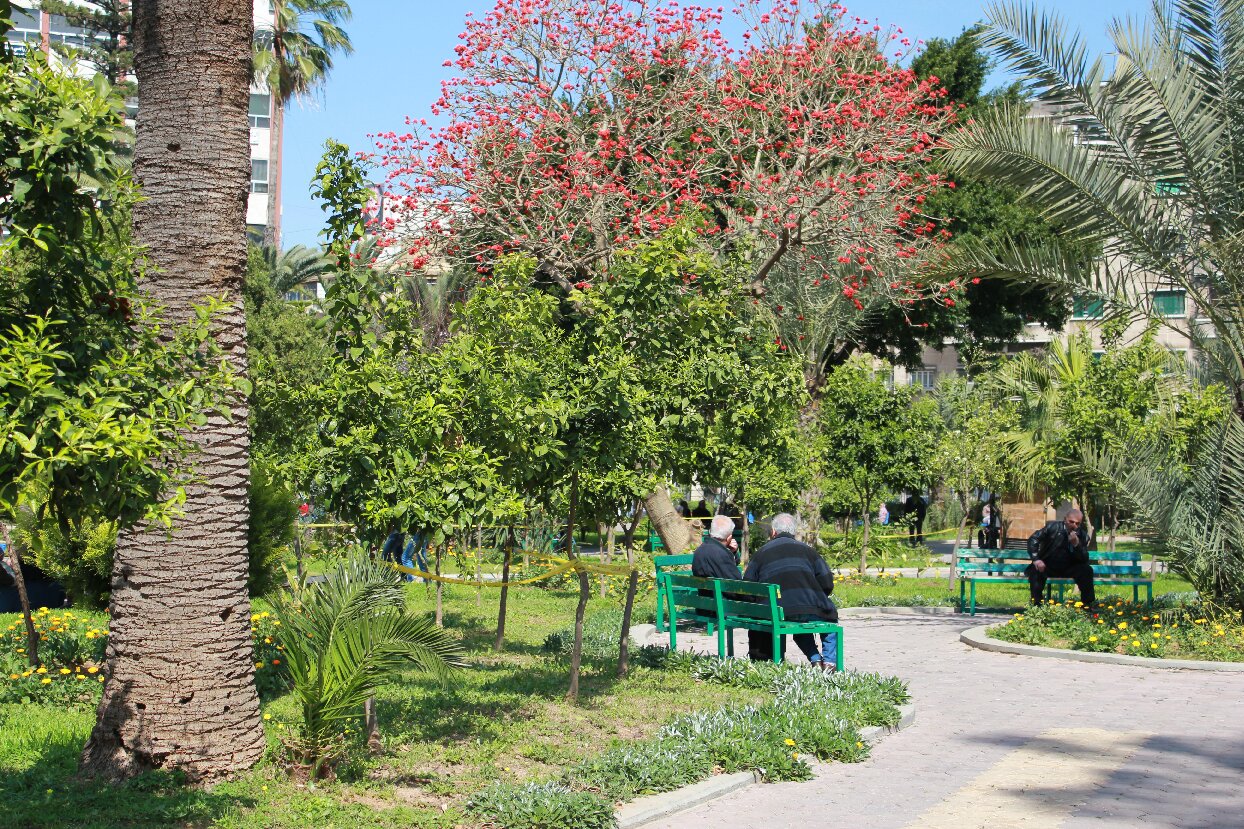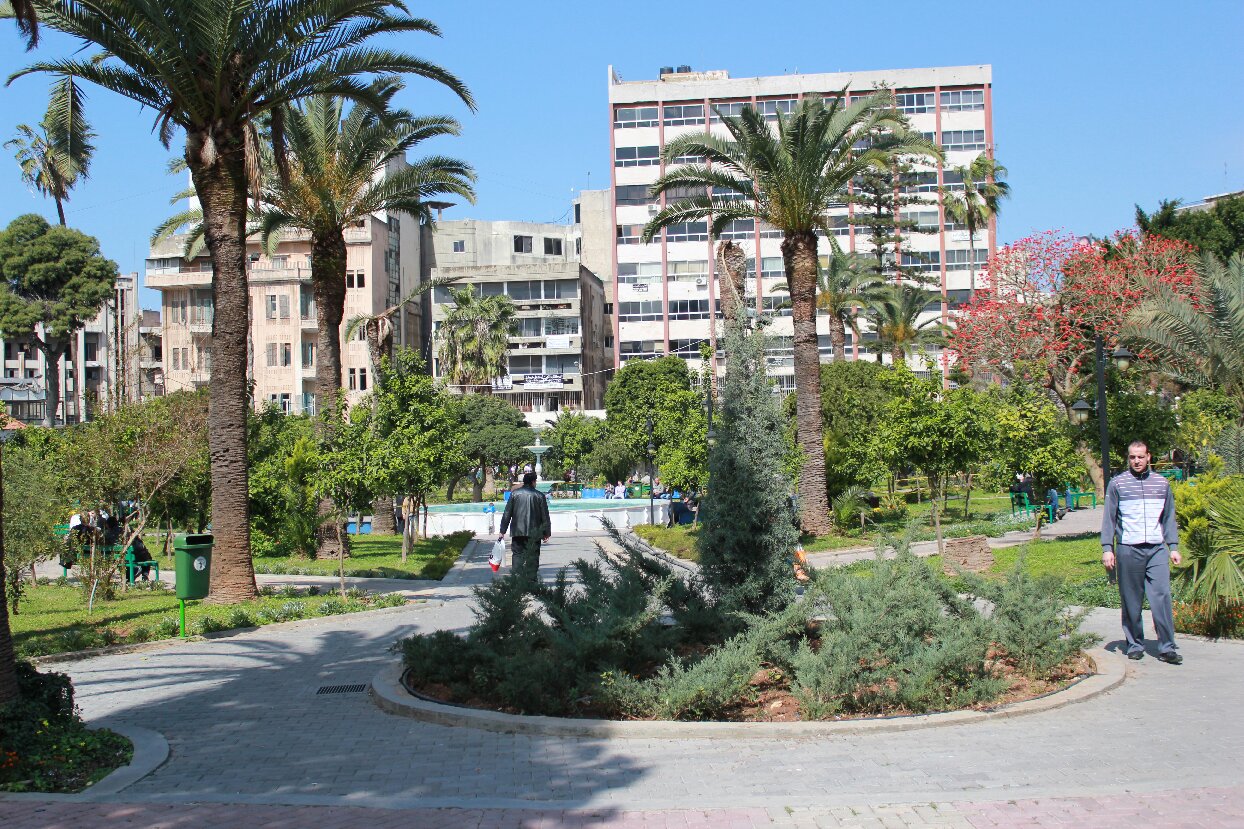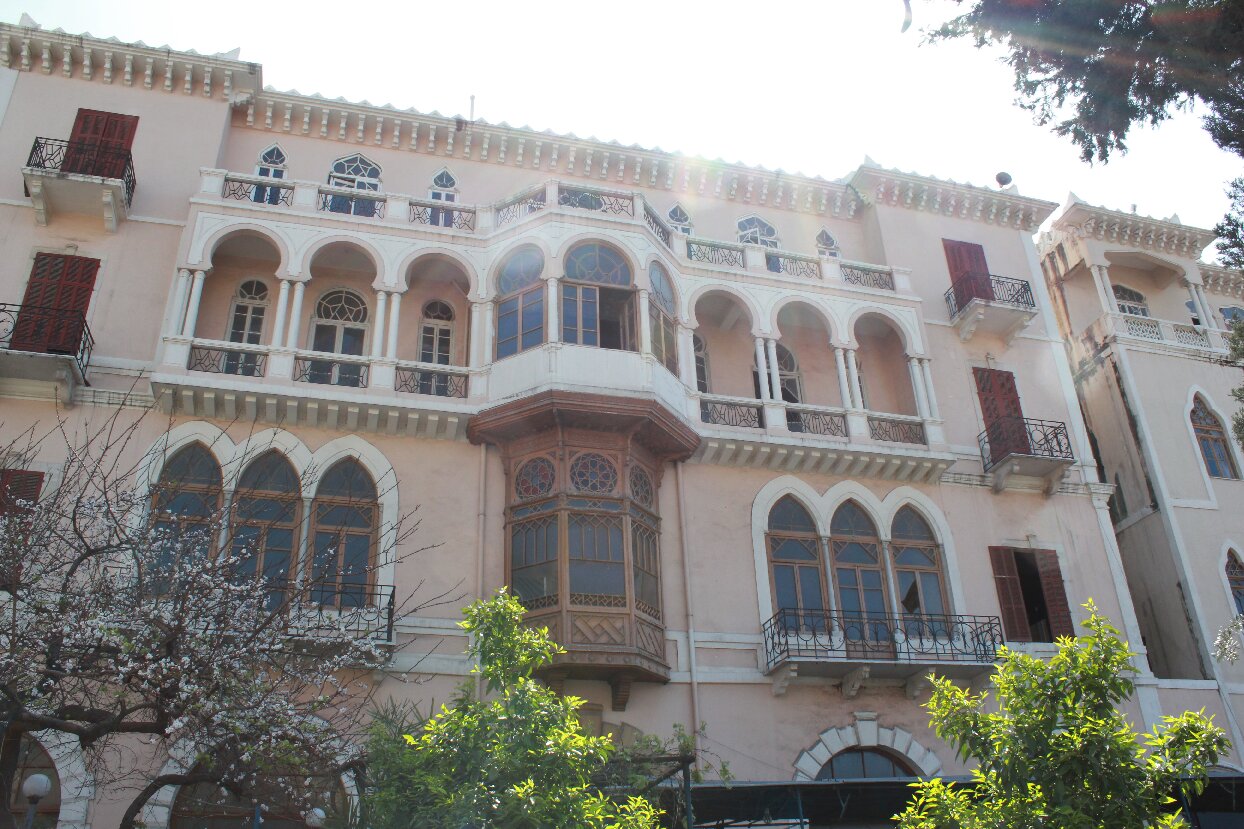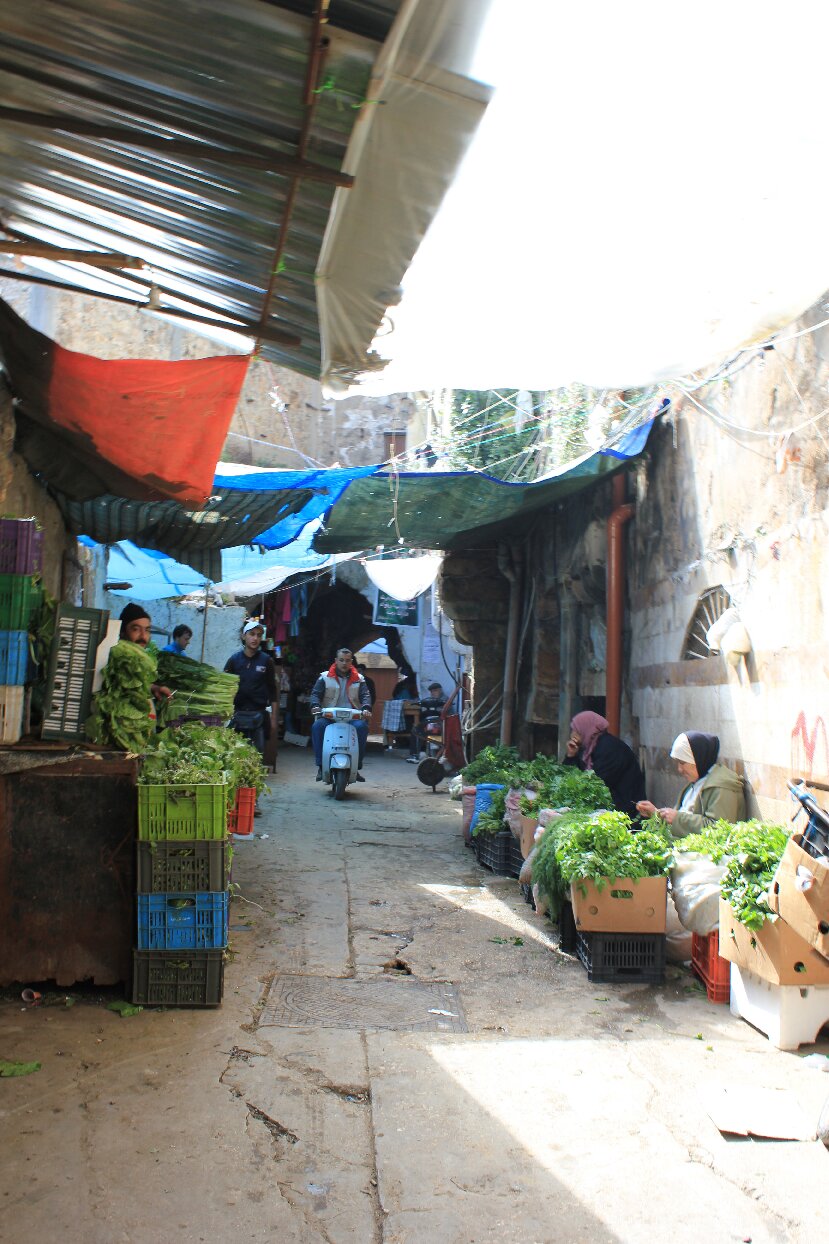In Tripoli’s public garden and old spice souk, biodiversity conservationist and Tripoli-native Elsa Sattout finds home.
For many Tripolitans their “square house” is the public garden located in the heart of the city. Tripoli, Lebanon’s northern city, encompasses stories of many civilizations, conquests and religions and its diverse history has made this large coastal town an enriching place to reflect on cultural diversity, human connections and roots to the past and present.
 Tripoli’s public garden crosses the old souk to reach the market of aromatic herbs and the courtyard selling traditional soaps . The garden, known as Minshiet or Jnainet el Tanabel, extends over a large surface area of around 8,850m2, which when the city’s population was only 50,000 was a huge expanse. In the early 1920s, the land was presented to the municipality as a gift from a Tripolitan (Attadamon newspaper, 19 February, 2014).
Tripoli’s public garden crosses the old souk to reach the market of aromatic herbs and the courtyard selling traditional soaps . The garden, known as Minshiet or Jnainet el Tanabel, extends over a large surface area of around 8,850m2, which when the city’s population was only 50,000 was a huge expanse. In the early 1920s, the land was presented to the municipality as a gift from a Tripolitan (Attadamon newspaper, 19 February, 2014).



These scents took away the breath of many citizens, pilgrims, orientalists, and travelers and drew many of them back. They have remained nebulized in the city throughout history, drawing in diaspora from all over the world who sought traces of their ancestors.
Loading
